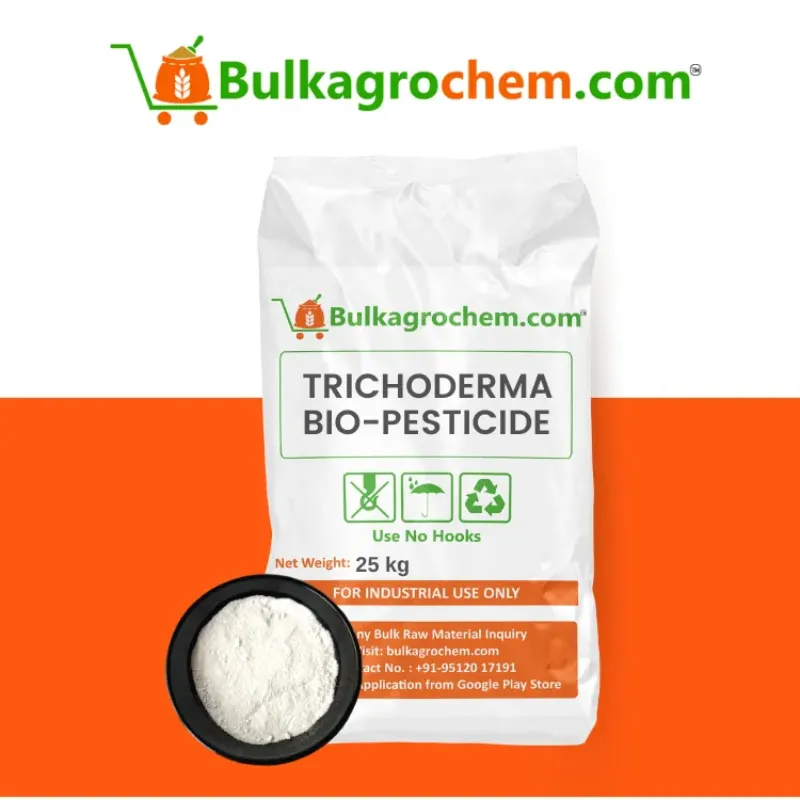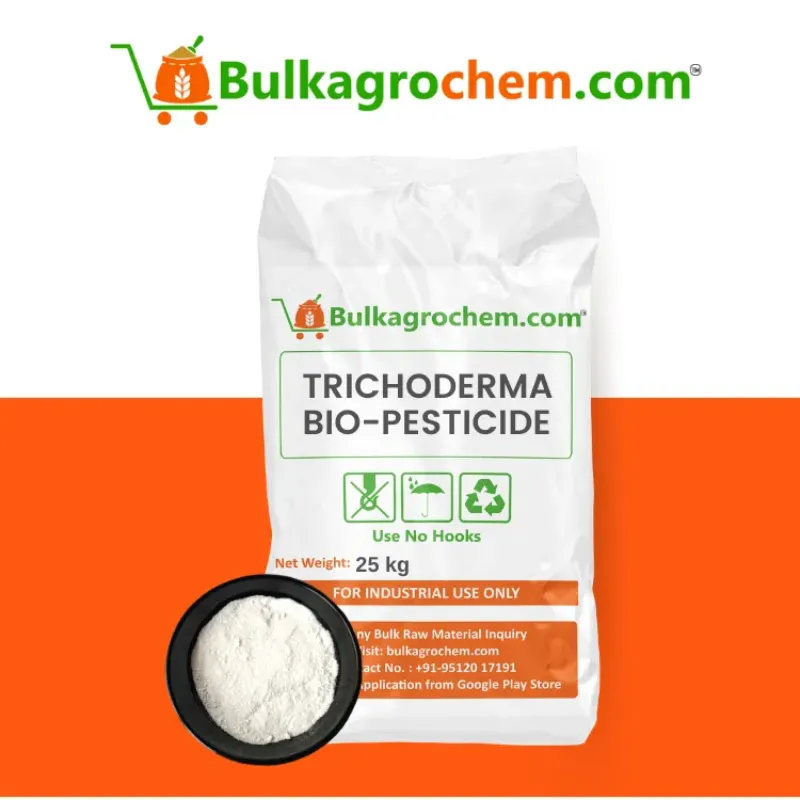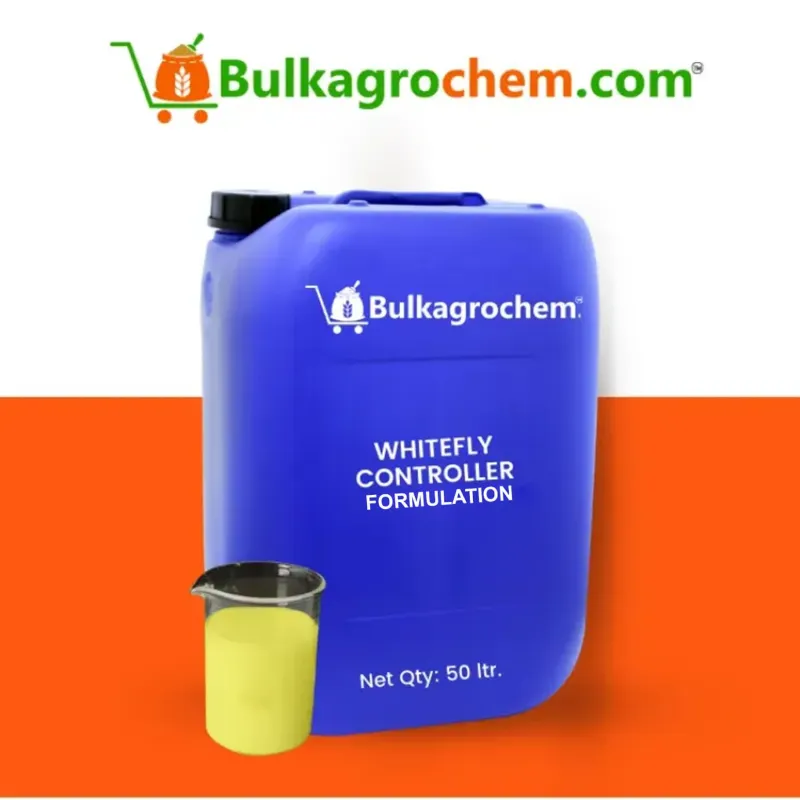Diammonium Phosphate (DAP) is one of the most commonly used fertilizers in the agricultural sector. It is valued for its high nutrient content and its ability to enhance plant growth and crop yield. This blog will delve deep into the benefits, applications, and best practices for using Diammonium Phosphate effectively.
What is Diammonium Phosphate (DAP)?
Diammonium Phosphate (DAP) is a water-soluble fertilizer that contains two essential nutrients: nitrogen (N) and phosphorus (P). It is widely used in farming due to its high concentration of these nutrients, which are crucial for plant development.
Why is Diammonium Phosphate Important for Crops?
- Provides Essential Nutrients– DAP contains both nitrogen and phosphorus, which are essential for root development and plant growth.
- Boosts Early Growth– The phosphorus in DAP helps young plants establish strong root systems.
- Improves Crop Yield– DAP enhances the flowering and fruiting stages, leading to better yields.
- Compatible with Other Fertilizers– It can be blended with other fertilizers for customized nutrient solutions.
- Highly Soluble in Water– This makes it easy for plants to absorb nutrients quickly.
How is Diammonium Phosphate Made?
Diammonium Phosphate is produced by reacting ammonia with phosphoric acid. This reaction creates a solid, granular form of fertilizer that is easy to store, transport, and apply to fields.
What are the Benefits of Using Diammonium Phosphate?
- High Nutrient Content– Contains 18% nitrogen and 46% phosphorus.
- Supports Root Development– Ideal for early-stage growth in plants.
- Enhances Flowering and Fruiting– Helps crops produce more fruits and seeds.
- Improves Soil Fertility– Replenishes phosphorus levels in the soil.
- Encourages Healthy Microbial Activity– Supports beneficial soil bacteria.
- Reduces Nutrient Deficiency Risks– Helps prevent common deficiencies in crops.
What are the Benefits of Using Diammonium Phosphate?
- High Nutrient Content– Contains 18% nitrogen and 46% phosphorus.
- Supports Root Development– Ideal for early-stage growth in plants.
- Enhances Flowering and Fruiting– Helps crops produce more fruits and seeds.
- Improves Soil Fertility– Replenishes phosphorus levels in the soil.
- Encourages Healthy Microbial Activity– Supports beneficial soil bacteria.
- Reduces Nutrient Deficiency Risks– Helps prevent common deficiencies in crops.
When and How Should You Apply Diammonium Phosphate?
Best Time to Apply:
- Before Planting– Mix into the soil to support early growth.
- At Planting Time– Apply in rows near the seeds for optimal absorption.
- During Early Growth Stages– Ensures plants have adequate nutrients for root and stem development.
Application Methods:
- Broadcasting– Spreading DAP evenly across the field.
- Band Placement– Placing DAP in rows near the seed.
- Foliar Application– Spraying a diluted solution on plant leaves.
- Drip Irrigation– Applying through water irrigation systems.
Which Crops Benefit the Most from Diammonium Phosphate?
Diammonium Phosphate is widely used for various crops, including:
- Cereal Crops (Wheat, Rice, Maize, Barley)
- Vegetables (Tomatoes, Potatoes, Carrots, Peppers)
- Fruits (Apples, Grapes, Bananas, Oranges)
- Oilseeds (Soybean, Sunflower, Mustard)
- Legumes (Lentils, Chickpeas, Beans)
What Precautions Should You Take When Using Diammonium Phosphate?
- Avoid Overuse – Excess phosphorus can lead to nutrient imbalances.
- Store Properly – Keep in a dry place to prevent clumping.
- Use Protective Gear – Wear gloves and masks while handling.
- Check Soil pH – Ensure the soil is suitable for DAP application.
- Follow Recommended Dosages – Prevent wastage and environmental harm.
How to Maximize the Effectiveness of Diammonium Phosphate?
- Combine with Organic Matter – Use with compost to improve soil structure.
- Apply at Correct Growth Stages – Ensure nutrients are available when needed most.
- Use Soil Testing – Determine nutrient levels before applying.
- Pair with Other Fertilizers – Mix with potash or nitrogen-based fertilizers.
- Monitor Crop Response – Adjust application rates based on plant health.
Diammonium Phosphate is a highly effective fertilizer that plays a crucial role in modern agriculture. By understanding its benefits, proper application methods, and best practices, farmers can maximize crop yields while maintaining soil health. Always consider soil testing, proper storage, and balanced usage to get the best results from this essential agricultural input.
Frequently Asked Questions (FAQs)
1. What is the ideal soil pH for applying DAP?
DAP works best in soil with a pH range of 6.0 to 7.5.
2. Can I mix DAP with other fertilizers?
Yes, DAP can be mixed with potash and nitrogen-based fertilizers but should not be mixed with urea before application.
3. Is DAP harmful to the environment?
When used correctly, DAP is safe, but overuse can lead to water pollution.
4. How long does DAP take to show results?
Plants start absorbing DAP nutrients within a few days after application.
5. Can I use DAP in organic farming?
DAP is a synthetic fertilizer and is not certified for organic farming.
6. What happens if I apply too much DAP?
Excessive DAP can lead to phosphorus buildup, which may harm plant roots.
7. Can I dissolve DAP in water for spraying?
Yes, but it is usually applied in granular form for better soil absorption.
8. Does DAP improve soil fertility?
Yes, it replenishes phosphorus levels but should be used with organic matter for long-term soil health.
9. Is DAP safe for all crops?
Yes, but proper dosage and application methods should be followed for different crops.
10. Where can I buy high-quality DAP fertilizer?
DAP is available at agricultural supply stores, online marketplaces, and bulk agrochemical suppliers.




